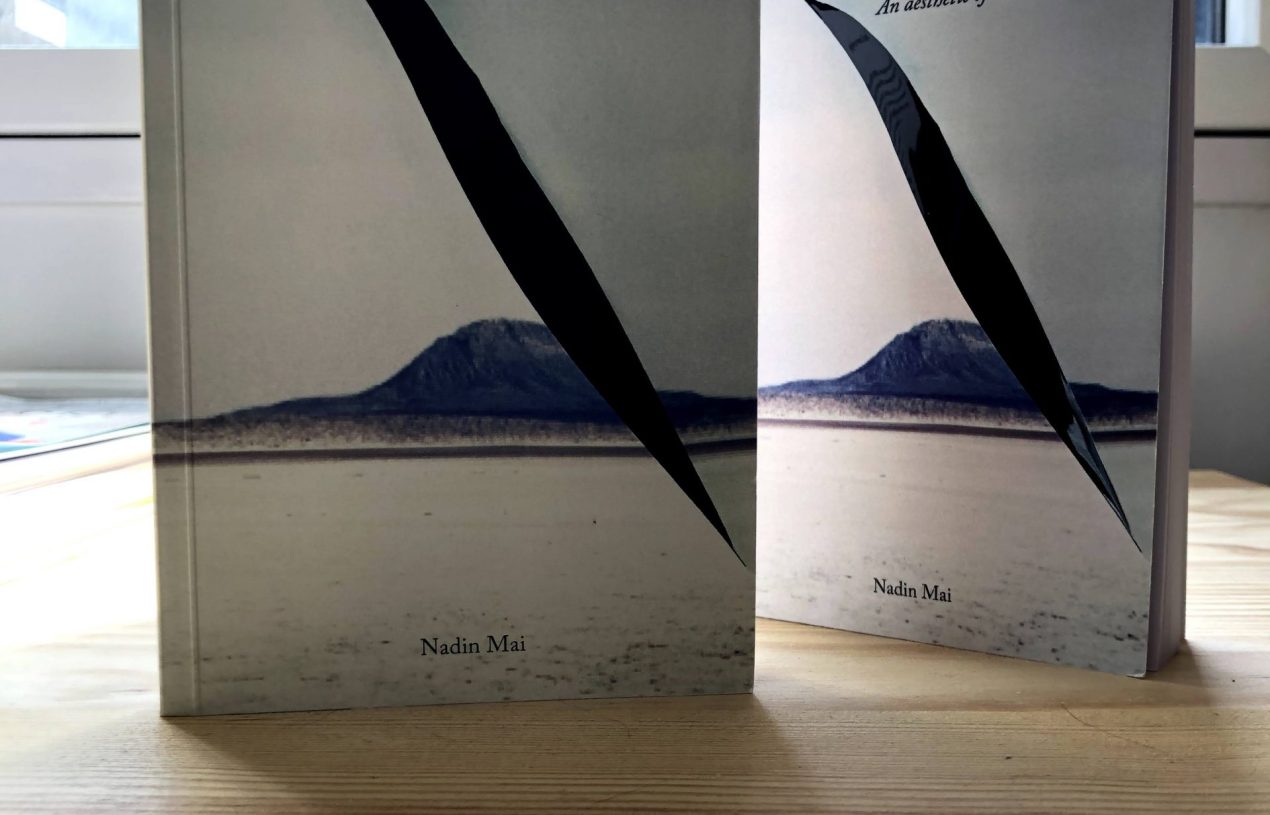It is an enormous pleasure to announce that my monograph Human Condition(s) – An aesthetic if cinematic slowness is now available for purchase. I started writing it in April 2019 and here we are: the baby is ready to be shipped to wonderful readers. Let me walk you through the book today.
Human Condition(s) is not an academic book, nor is it theoretical. It doesn’t use frameworks, theories, analytical models. The book is a mirror of The Art(s) of Slow Cinema. It is personal, it is written with feeling, and not with emotional detachment. The reason for this can be found in my introduction to the book where I explain that slow films, today, are always personal and this feeling was expressed in conversations I had with directors and other cinephiles. Writing about Slow Cinema has been personal for me from the beginning, for many reasons, some of which you’ll find in the book, others are scattered around the blog.
The book looks at slow films made in the last thirty years. I was born in 1988, and I consider the fall of the Berlin Wall and the implosion of the Soviet Union has the first two major turning points in my life, even though I was little at the time. Regardless of my age, however, these events had consequences for my life, for my upbringing, and it influenced the way I see the world today. And while the end of World War II was the beginning of Italian Neo-Realism, which is often cited as a precursor to today’s Slow Cinema, it was the events in 1989-1991 that gave rise to the slow films we know today. And yes, they are very different. They are slower, they’re more personal, and they’re much more international.

The first two chapters Wounds of History I and Wounds of History II look at films that explore and investigate, in one way or another, memories (often traumatic memories) from the past, memories that transmit through generations. You’ll find Chantal Akerman in this chapter, but also Roy Andersson, Pedro Costa and Lav Diaz. I look at how history can become a burden for survivors and for future generations alike, posing questions about identities that are no longer stable but fragmented, no longer clear but blurred and muddled.
In A Sea of People, the reader will find him/herself in the city. A lot has changed in the last thirty years. Communication is one aspect. The rural-urban migration has accelerated beyond reason, which puts immense strains on the system in the city. But systems aside, there are the people, who flood to the cities where a million others are waiting. Yet, everyone remains alone. The city is today a symbol of loneliness and alienation. Tsai Ming-liang, Wang Bing and Nicole Vögele are discussed in this chapter, which looks at lonely lives (often lives of exploitation) in a sea of people.
Disenchantment is a chapter about frustration and fatigue, about exhaustion and boredom. It is about the hopelessness, which a lot of (young) people are feeling in the face of all the promises that become betrayals. We have come to the realisation that every step towards progress also meant a step backwards. It meant a step towards annihilation. We wanted more freedom and individuality, we got it, but now we’re lonely and desperate. Opportunities to leave the hamster wheel are available for the few, not for the many. What is there left to hope for? You may already guess, this chapter is primarily about Hu Bo’s An Elephant Sitting Still.

There is one other element in contemporary Slow Cinema. Several filmmakers explore our violence against nature, against our surrounding, the very act leading to our own destruction. Nikolaus Geyrhalter is particularly engaged with this. In Anthropocenic Visions, I take a look at films such as Behemoth and Earth to understand how filmmakers see our future, if there is any at all.
These are the main chapters. Of course, there is a conclusion, references, and everything else that needs to be in a book. It wasn’t easy to write, but it was nevertheless a pleasure.
Quick facts on the book:
— 11cm x 18cm (small French paperback format)
— 206 pages
— black-and-white
— cover image by artist John Clang
— 15 EUR + 10 EUR (intl shipping)
You can purchase your (signed!) copy via the new The Art(s) of Slow Cinema shop (where you can also purchase the last two magazines!). If you want to purchase a copy from Asia, please get in touch with me first via nadin.mai@theartsofslowcinema.com
Please be patient with the shipping process. We’re still battling the virus and many postal services are slow (which is why I’m still waiting for suitable envelopes to arrive at my place!). I’ll inform you once your copy has shipped.)
If you like the book, tell your friends about. And let me know, too! I’d love to see the book in different parts of the world on desks, benches and wherever else it could be 🙂
Thank you!


Michael Guarneri
Congratulation(s), Nadin! Well done! May this book be the first in a long series.
Christophe Artemus Aykanian
Looking forward to your insights,,,,,,Bravo
Josh
It sounds really interesting!… I would love to read your monograph. It’s true that the young generation doesn’t want to know about historical facts.. and day by day this is going to disappear.
I am looking forward to it!
Jack
It sounds like all about the personal experiences of a human. Really interesting! I would love to read your experiences and I have a keen interest in reading historical and emotional monographs. Wish you luck with great success!
Erno
Is there any hope for a kindle version?
Nadin Mai
Hi Erno, at the moment I’m not planning for a Kindle version for several reasons. One of them is that I don’t want Amazon to lay their hands on my work :-/ There may be an ebook in future, but not for quite some time, I’m sorry.